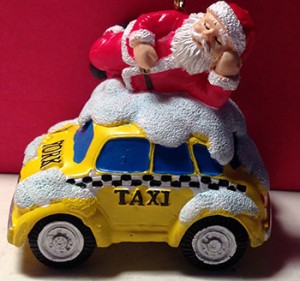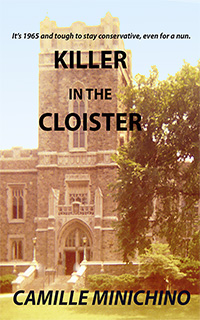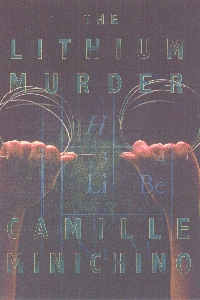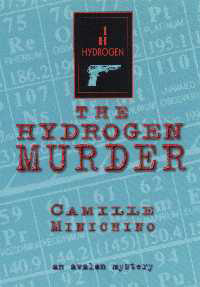It’s time to drag out the old physics-of-Christmas essays. In case you missed it in my newsletter, here’s my favorite version about how it’s impossible for Santa to get his job done:
There are about 2 billion children in the world and even at one toy each, we have something like 400,000 tons of sleigh, toys, and a hefty old man traveling at 650 miles per second to get around world in one night.
A simple calculation shows that Santa has 1/1000th of a second to
• pull up on a roof
• hop out
• climb down the chimney
• figure out who’s nice
• distribute the presents
• eat a snack
• say Ho, Ho, Ho
• go back up the chimney
• dust off his suit, and move on.
Not just exhausting, but physically impossible.
Even though there’s not a lot of sleigh traffic up there, it’s not a feasible trip.
But now, I’m about to offer a rebuttal.
All we have to do is call on worm holes, those tricky features of space-time that allow a shortcut through the universe.
Imagine you’re standing in a long line at the post office. You’re at one end of the room and the clerk is at the other, lots of people-mass in between. Now imagine a piece of paper with a stick figure representing you at one corner, and a figure at the diagonally opposite corner to represent the clerk. Fold the paper so that your stick figure is on top of the clerk’s.
See? You’ve just taken a shortcut to the head of the line.
That’s what Santa can do. With a little math and a dash of relativity theory we can show that, in fact, with every stop, Santa can come out of the chimney before he gets in!
No problem making all those stops.
So, yes, Virginia, relatively speaking, Santa can do it!
Now if only I could find the right wormhole to get me through Bay Area freeways.
Both comments and pings are currently closed.
 Filed Under :
Filed Under :  Dec.15,2016
Dec.15,2016

 Tags :
Tags : 
































